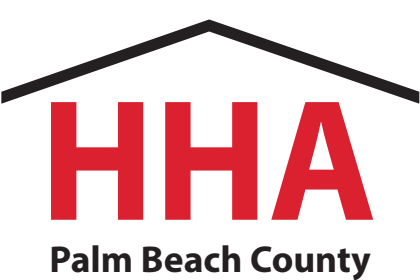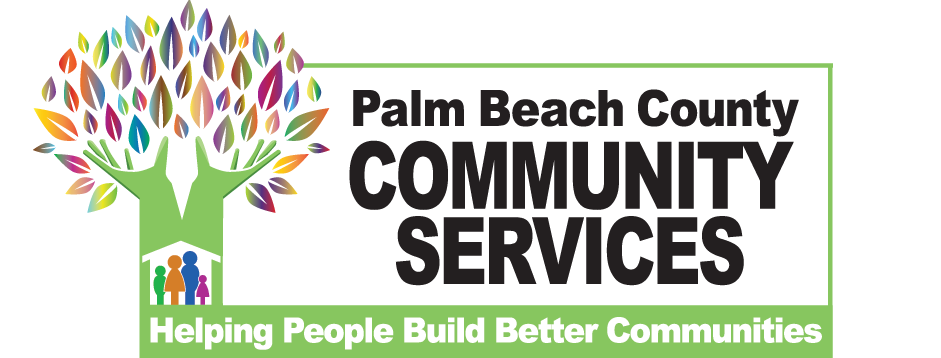What is Youth Homelessness
Youth homelessness consists of two demographics. The first is unaccompanied youth ages 17 and younger. Often these youth have either run away from home or have been kicked out. If a young person has chosen to leave their home, it is often found that there were domestic violence issues within the home and they chose to escape them. Other youth may have been kicked out of their homes because of other issues, sometimes related to the fact that they may be LGBT (lesbian, gay, bisexual, or transgender). This demographic, unaccompanied youth, are often hard to find on the streets; they are vulnerable and often in hiding as they have probably experienced some type of trauma including assault.
The second demographic of Youth Homelessness consists of those who have aged out of the foster care system. These youth are aged 18 to 24. In 2009, the Coalition for the Homeless of Central Florida noted that 33 percent of all youth who age out of foster care will become homeless within three years.
Some youth who are homeless have experienced intergenerational poverty, meaning they were probably homeless as a child and are now experiencing homelessness as a young adult.
Why is Youth Homelessness Important to Address?
These youth are our future and if we don’t address their homelessness now, they will most likely enter long-term homelessness and costly systems of care which will further impact the community and leave little hope for their lives.
What Can Palm Beach County Do Together to Make Progress on Youth Homelessness?
While there are evaluations of programs to assist homeless youth, there is very little research comparing interventions and none examining how different interventions address the issues of the different subpopulations. Ultimately, better, more accurate data must be collected on the number of youth that experience homelessness as well as the effective interventions to end homelessness for youth. As we, like other communities around the nation, continue to build data around youth homelessness, we should prioritize the following:
- Improve crisis response
- Prioritize family reunification or support as the initial intervention
- Collaborate with mainstream systems such as Community Based Care and the juvenile justice system
- Increase the number of outreach workers that are specially trained with an emphasis on trauma-informed care.
- Work with the Families in Transition Coordinators in the school districts to identify at-risk youth and provide preventative services and supports
- Increase shelter beds and transition housing placements for youth who are identified as homeless
(1) A Preliminary Analysis of the Homeless Services Network & the Central Florida Commission on Homelessness Report by Ronald F. Piccolo, Ph.D., Rollins College Crummer Graduate School of Business



